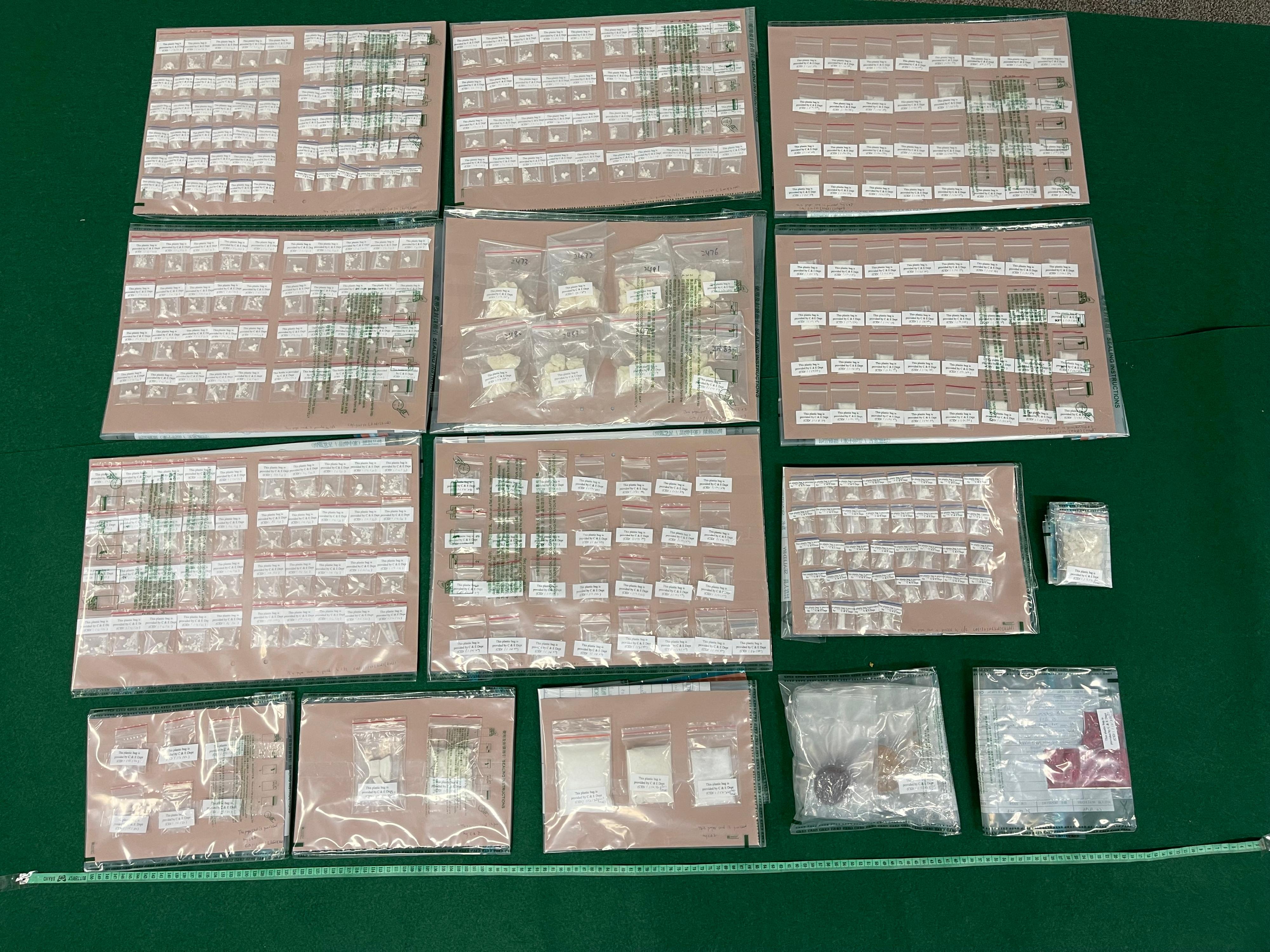CHP investigates additional SARS-CoV-2 virus cases by nucleic acid tests and rapid antigen tests as well as 15 imported cases earlier involving Omicron mutant strain sub-lineages
The Centre for Health Protection (CHP) of the Department of Health (DH) today (May 21) announced the latest epidemic situation of COVID-19. As of 0.00am, May 21, the CHP was investigating 103 additional cases that tested positive for the SARS-CoV-2 virus by nucleic acid tests (40 confirmed cases, 56 asymptomatic cases and seven cases with pending case status) in the past 24 hours. Separately, 125 additional positive cases through rapid antigen tests (RATs) (80 symptomatic cases and 45 asymptomatic cases) were reported. Hong Kong has recorded a total of 761 128 and 449 031 cases that have tested positive by nucleic acid tests and RATs respectively for the SARS-CoV-2 virus so far.
The aforementioned newly reported cases consist of 16 imported cases (14 cases and two cases tested positive by nucleic acid tests and RATs respectively). The CHP is continuing with epidemiological investigations on the cases. Please refer to the "COVID-19 Thematic Website" (www.coronavirus.gov.hk) for more information.
Meanwhile, whole genome sequencing analysis by the DH's Public Health Laboratory Services Branch confirmed that two, three and 10 earlier imported cases were found to carry the sub-lineages BA.4, BA.2.12 and BA.2.12.1 under the Omicron mutant strain respectively. The BA.4 cases involve a 52-year-old male who arrived in Hong Kong from Mexico on May 17 and a 22-year-old male who arrived in Hong Kong from the United Kingdom on the same day. Both of them tested positive on arrival. The BA.2.12 cases involve two males and one female aged 21 to 69 who arrived in Hong Kong from Canada and the United States during the period from May 16 to 17. All of them tested positive on arrival. The BA.2.12.1 cases involve five males and five females aged 20 to 44 who arrived in Hong Kong from the United States, Singapore, Australia, Israel and India during the period from May 11 to 18. Nine cases tested positive on arrival, while the remaining case tested positive during compulsory quarantine at a designated quarantine hotel. Together with the above new cases, Hong Kong has recorded a total of 11 imported cases with BA.4, 10 imported cases with BA.2.12 and 56 imported cases with BA.2.12.1.
In addition, as of 0.00am, May 21, a total of 9 157 death cases that had tested positive for the SARS-CoV-2 virus during the fifth wave (since December 31, 2021) were recorded (i.e. no new reported cases), with 9 079 and 75 deaths reported from the Hospital Authority and public mortuaries respectively as well as three deaths reported from the Chinese University of Hong Kong Medical Centre. Hong Kong has so far recorded a total of 9 370 death cases that have tested positive for the SARS-CoV-2 virus.
Furthermore, among the earlier cases by nucleic acid tests reported, there were cases (including pending cases) changed to confirmed, asymptomatic or re-positive cases. As at yesterday (May 20), the total number of confirmed cases was 331 910, while the figures for asymptomatic cases, re-positive cases and pending/unknown cases recorded since January 1 were 198 558, 23 and 230 534 respectively.
The spokesman for the CHP stressed that as the local situation of COVID-19 infection is still severe, the CHP strongly appeals to the community to continue to comply with social distancing measures, avoid going out and refrain from participating in unnecessary or crowded activities or gatherings. This would lower the risk of infection and prevent the virus from spreading in the community.
​​The spokesman reminded that COVID-19 vaccines are highly effective in preventing severe cases and deaths from the SARS-CoV-2 virus. They can provide effective protection to those vaccinated in preventing serious complications and even death after infection. People who have yet to receive vaccination, especially senior citizens, chronic patients and other immunocompromised persons who face a higher chance of death after COVID-19 infection, should get vaccinated as early as possible for self-protection and to reduce the risk of falling seriously ill and death should they get infected.
